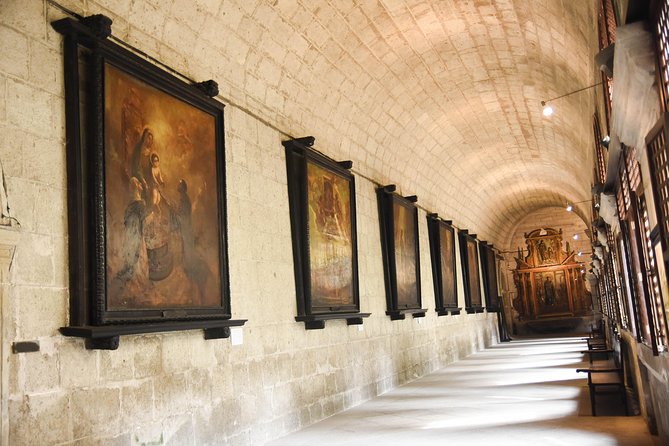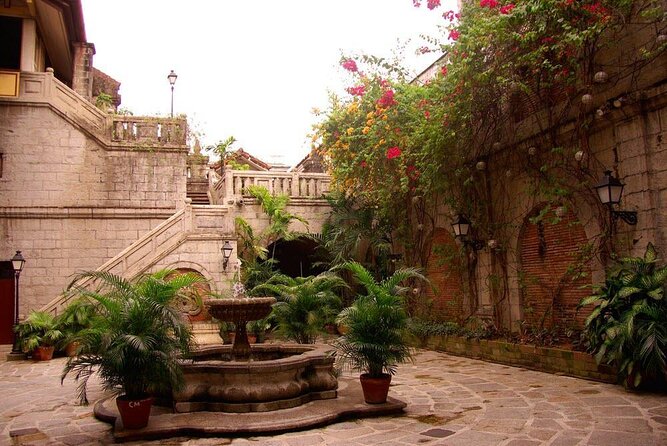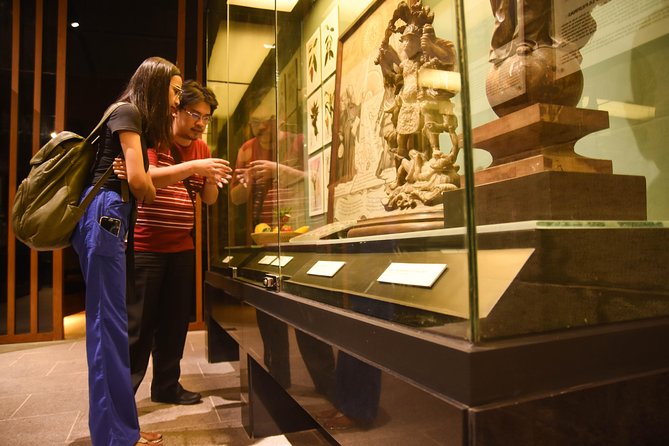Introduction to Philippine History
As one delves into the mosaic of Philippine history, a fascinating narrative unfolds, woven with tales of resilience, revolution, and cultural amalgamation.
With a diverse tapestry of influences ranging from indigenous roots to Spanish, American, and Japanese colonization, the Philippines’ historical landscape is a dynamic blend of triumphs and tribulations.
From the early civilizations of the pre-colonial era to the tumultuous struggles for independence and the shaping of a modern nation, each chapter offers a glimpse into the resilience and spirit of the Filipino people.
The interplay of these historical forces sets the stage for a captivating exploration that sheds light on the complexities and nuances of Philippine history, urging one to uncover the layers of this compelling narrative further.
Key Points
- The Philippine revolutions against colonial powers shaped national identity.
- Movements for independence instilled patriotism and resilience.
- Cultural heritage reflects a blend of indigenous, Hispanic, and Asian traditions.
- Understanding these narratives is crucial to appreciating the multifaceted history.
Historical Background of the Philippines
In exploring the historical background of the Philippines, one can’t overlook the intricate tapestry of events that have shaped the nation’s rich and diverse heritage.
The Philippine revolutions, marked by significant uprisings against colonial powers, such as the Spanish and American occupations, have played a crucial role in shaping the country’s identity. These movements not only led to the country’s independence but also instilled a sense of patriotism and resilience in the Filipino people.
On top of that, the cultural heritage of the Philippines, influenced by various indigenous, Hispanic, and Asian traditions, reflects a vibrant blend of customs, languages, and arts.
Understanding these historical narratives is key to appreciating the multifaceted tapestry that’s the Philippines.
Key Events in Philippine History

Exploring the annals of Philippine history unveils a tapestry woven with pivotal events that have shaped the nation’s trajectory over the centuries.
The Philippine revolutions, notably the Katipunan-led uprising against Spanish colonization in the late 19th century and the People Power Revolution in 1986, stand out as monumental moments that defined the Filipino people’s struggle for independence and democracy.
These events underscore the resilience and determination deeply ingrained in Philippine cultural heritage, a rich tapestry of traditions, languages, and beliefs woven together by centuries of history.
From the Spanish colonial period to the American occupation and beyond, these key events in Philippine history serve as a testament to the nation’s enduring spirit and the ongoing quest for freedom and self-determination.
Influential Figures in Philippine History

Throughout Philippine history, numerous influential figures have left an indelible mark on the nation’s development and cultural identity. Philippine revolutionaries such as Andres Bonifacio, Emilio Aguinaldo, and Jose Rizal played pivotal roles in the fight against colonial rule and the quest for independence. Their bravery and determination continue to inspire generations, showcasing the resilience and spirit of the Filipino people.
On top of that, these figures not only fought for freedom but also contributed significantly to the preservation and promotion of the country’s rich cultural heritage. Their writings, artworks, and revolutionary activities have become integral parts of Philippine history, shaping the national identity and instilling a sense of pride in the diverse cultural tapestry of the Philippines.
Colonial Periods in the Philippines
During the colonial periods in the Philippines, various foreign powers exerted influence over the archipelago, shaping its history and culture. One of the most significant colonial periods was the Spanish colonization, which lasted for over three centuries.
The Spanish brought not only Christianity but also their language, architecture, and governance systems, leaving a lasting impact on the Filipino way of life. These cultural influences can still be seen today in the predominantly Catholic religion, Spanish-influenced Filipino surnames, and colonial-era buildings scattered throughout the country.
The Spanish colonization period played a crucial role in shaping the Philippines into the diverse and culturally rich nation it is today.
Philippine Independence Movement
The Philippine Independence Movement, fueled by a fervent desire for self-governance, ignited a wave of patriotic fervor among the Filipino populace.
The struggle for independence was led by revolutionary leaders such as Andres Bonifacio and Emilio Aguinaldo, who spearheaded movements against Spanish colonial rule. These leaders organized uprisings, like the Katipunan, to fight for freedom and sovereignty.
The movement gained momentum as Filipinos from all walks of life joined forces to resist foreign domination and assert their right to govern their own nation. Through bravery and sacrifice, these revolutionary figures inspired a sense of national identity and unity, laying the groundwork for the eventual declaration of independence from Spain on June 12, 1898.
Modern Developments in Philippine History
Significant transformations in modern developments in Philippine history include:
-
Globalization:
Increased interconnectedness with the world has influenced Philippine culture, economy, and society. -
Technological Advancements:
The digital age has revolutionized communication, education, and business practices in the Philippines. -
Political Reforms:
Movements towards democracy and governance have brought about significant changes in the political landscape. -
Social Movements:
Advocacies for human rights, gender equality, and environmental protection have gained momentum, impacting societal norms and policies.
Common questions
What Are Some Lesser-Known Historical Facts or Anecdotes About the Philippines That Are Not Commonly Covered in Textbooks?
Unexplored stories and forgotten heroes enrich Philippine history beyond textbooks. Hidden narratives and surprising revelations reveal the resilience and diversity of the nation. Engaging and insightful for those seeking a deeper understanding of the past.
How Has Philippine Cuisine Been Influenced by the Country’s History and Interactions With Other Cultures?
Philippine cuisine reflects a rich culinary fusion shaped by colonial influences. The blending of Spanish, Chinese, Malay, and American flavors has created a diverse gastronomic landscape, showcasing the country’s history and interactions with other cultures.
Are There Any Controversial or Debated Topics in Philippine History That Are Still Unresolved or Under Discussion?
Unresolved debates and historical controversies in Philippine history continue to intrigue scholars and enthusiasts. These contentious topics spark ongoing discussions, shedding light on different perspectives and interpretations, enriching the understanding of the nation’s complex past.
How Has the Landscape and Environment of the Philippines Played a Role in Shaping Its History and Development?
The geographical influences of the Philippines, including its diverse landscapes and strategic location, have shaped its history and development. Colonial legacies also left lasting impacts on the country’s culture, economy, and society.
What Role Did Indigenous Peoples Play in Philippine History, and How Has Their Culture Been Preserved or Integrated Into Modern Filipino Society?
Indigenous peoples in Philippine history made significant contributions shaping society. Their culture is preserved through traditions, languages, and arts, integrating into modern Filipino life. Cultural integration highlights the rich heritage and diversity that indigenous communities bring.
Last Words

To sum it up, the small group tour of Manila offers a fascinating glimpse into the rich tapestry of Philippine history. From iconic landmarks to hidden gems, participants are immersed in the country’s past through the expert guidance of a knowledgeable tour guide.
With glowing reviews and a 5.0 overall rating, this experience is a top choice for history enthusiasts looking to unravel the captivating story of the Philippines in a comprehensive and intimate setting.